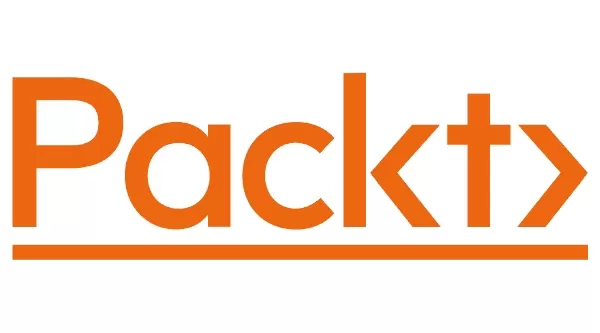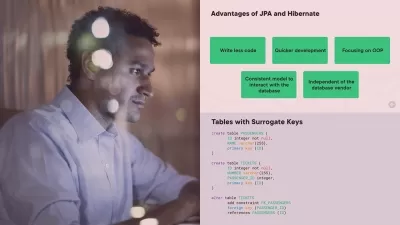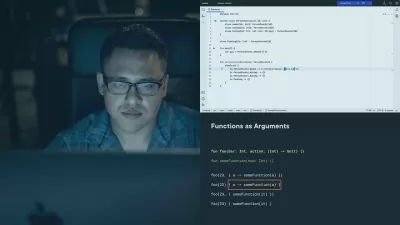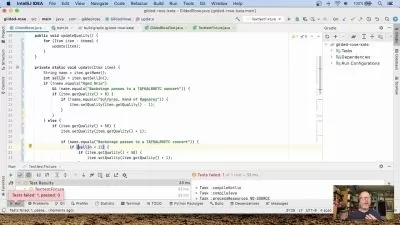TornadoFX: Build JavaFX Applications with Kotlin
Paulo Dichone
8:47:05
Description
JavaFX has been around for quite a long time. It's powered by Java and has been used to build desktop applications, as well as Rich Internet Applications (RIAs). Although the Java programming language has been known for its portability, it has its pitfalls, one of which being its verbosity, wherein developers must write a lot of lines of code to make a simple GUI. TornadoFX, a lightweight JavaFX framework for Kotlin, simplifies JavaFX development by abstracting the verbose, hard-to-maintain Java code. TornadoFX, powered by the statically typed JVM language, Kotlin, makes it easy to build rich, feature-packed user interfaces. Besides, it greatly minimizes the amount of code needed to build JavaFX applications, making the codebase easy-to-maintain and extend. This course starts off by explaining the importance of using TornadoFX. In the sections that follow, you’ll understand how to set up the development environment to start using it. Later, you’ll cover the different shapes and animations in TornadoFX. To help you get hands-on experience, the course will even guide you through developing exciting applications, right from a weather forecast application through to a budget tracker application. By the end of this course, you’ll be equipped with the skills you need to confidently create JavaFX applications using TornadoFX. All the codes and supporting files for this course are available at - https://github.com/PacktPublishing/TornadoFX-Build-JavaFX-Applications-with-Kotlin
More details
User Reviews
Rating
Paulo Dichone
Instructor's Courses
PacktPub
View courses PacktPub- language english
- Training sessions 94
- duration 8:47:05
- Release Date 2024/03/15














